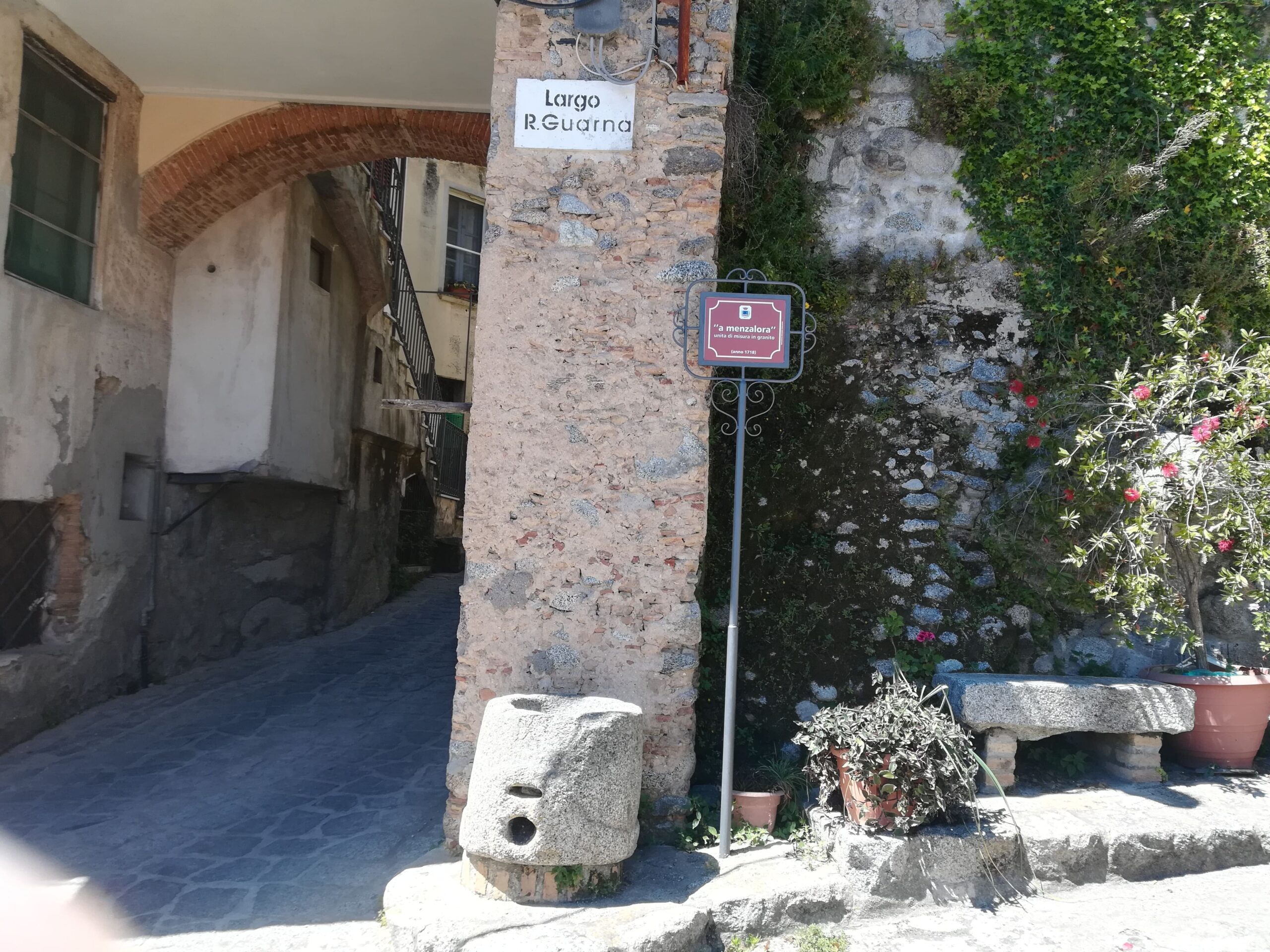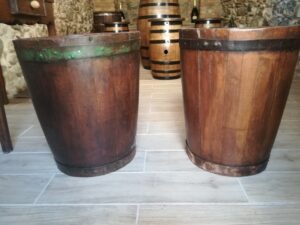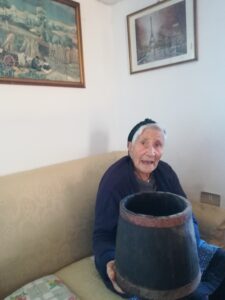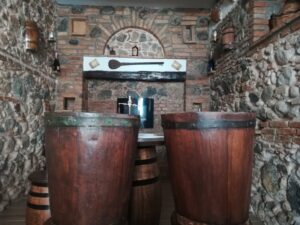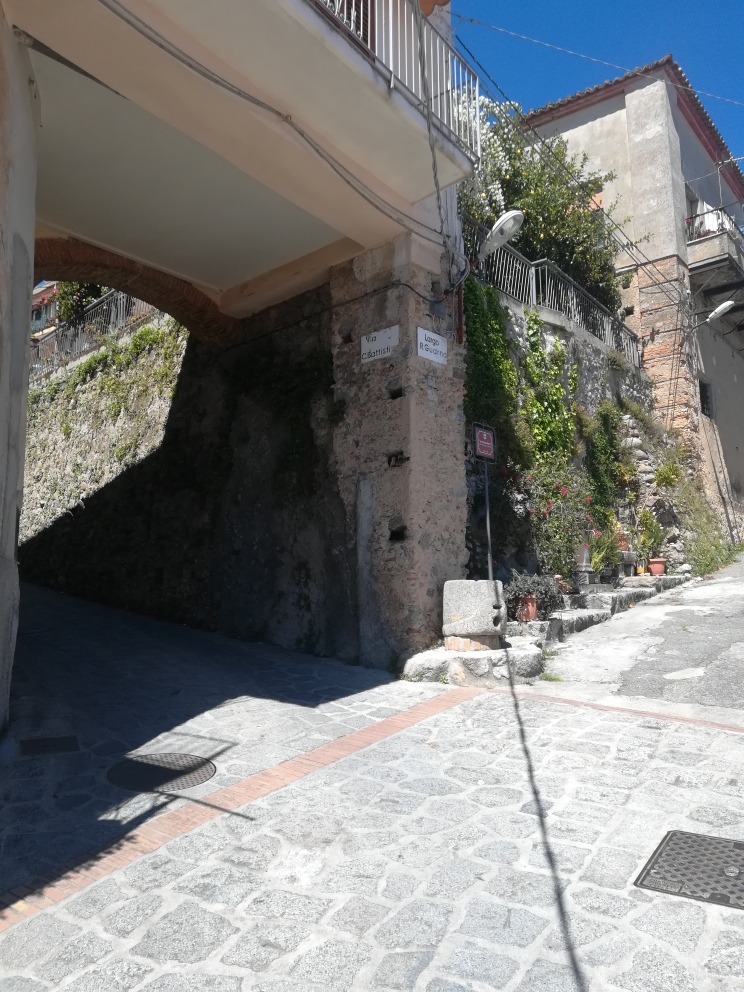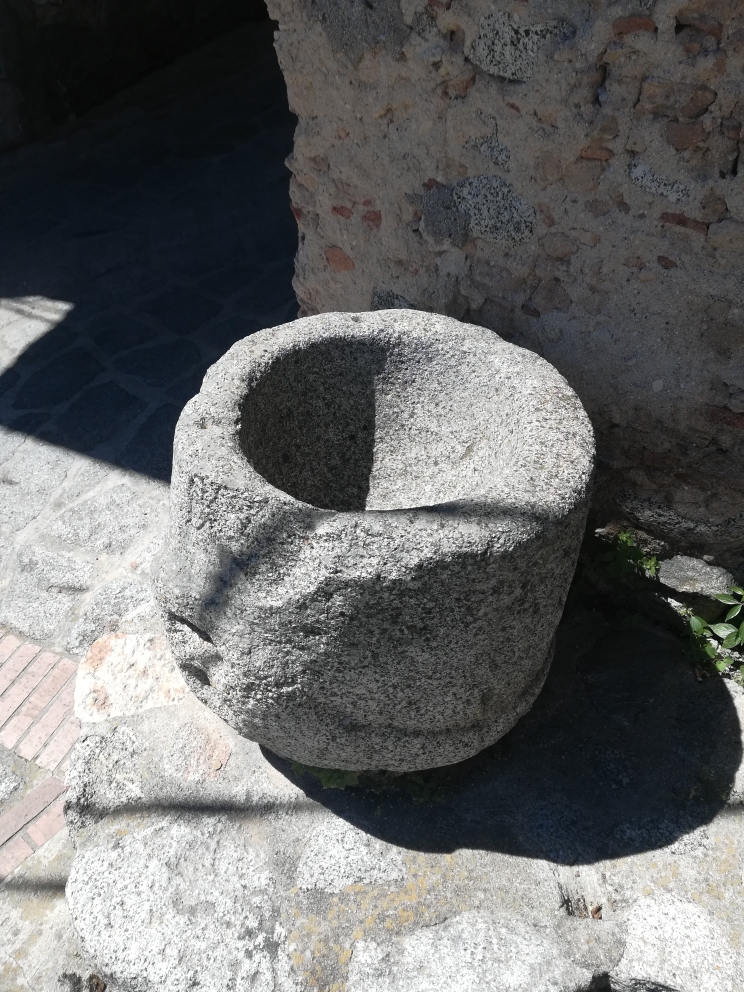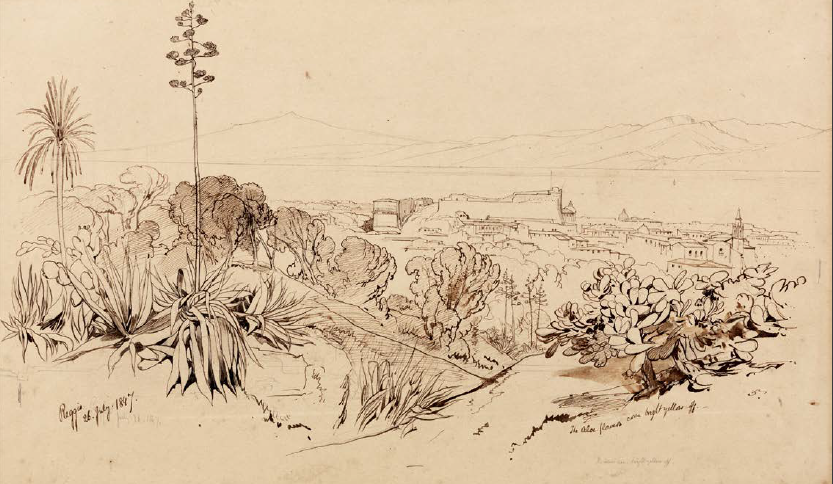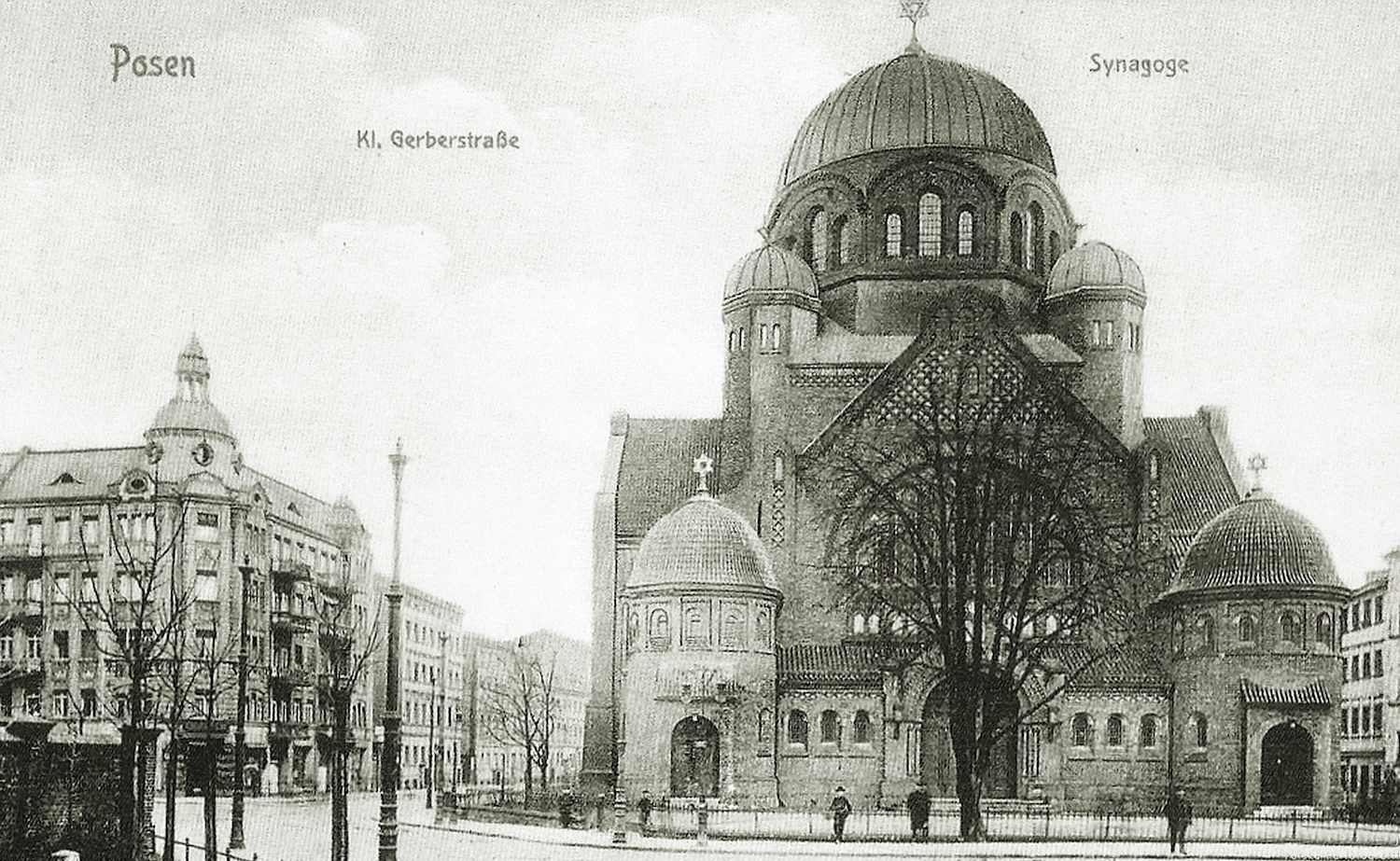
By Francesco Tirinato
Until a few decades ago, the systems and units of measurement prescribed by Ferdinand I of Aragon in the ancient Kingdom of Naples were still in use in our countries, despite the fact that in 1875, with an agreement known as the Metric Convention (signed by 17 nations, including Italy), a metric system was adopted which rationalised and standardised the units of measurement.
“The uniformity of weights and measures was prescribed in the Kingdom of Naples by Ferdinand I of Aragon with the edict of 6 April 1480, to remedy the infinity of units of measurement, which differed not only from one province to another, but also between neighbouring localities. In order to remedy this disruption and the constant frauds and bribery perpetrated primarily by the commissioners who were responsible for the dissemination of samples, in 1609 the municipal administrators were granted the right to monitor the integrity of weights and measures. The remedy was worse than the disease because from that moment on, the most disparate local measures proliferated everywhere”.
For a long time, the southern populations continued to use the old units of measurement, which varied from region to region, if not from country to country, and were inaccurate and did not correspond to those of other rural areas with which they traded.
The need for practicality due mainly to the often restricted and limited business between farmers and local vendors, and associated with widespread illiteracy, also hindered a smooth adaptation to the new metric system of 1875 (which to most farmers could appear rather abstract) *.
Even in Calabria, in a context of a strongly agrarian economy, the old traditional systems of measurement were long adopted, from which, in truth, the landowners always benefited most.
The agricultural economy was mainly based on sharecropping, i.e., on an agrarian contract whereby the grantor (the owner of a piece of land) and the sharecropper (responsible for cultivating the land) associated themselves for cultivation and all the other activities connected with a farm in order to share (in different proportions and always favourable to the landowner) the products and profits.
At the time of threshing, each of the contracting parties went to the threshing floor to claim their share of the harvest, which could correspond to different quantities: tuminu – menzarola – quartu – stuppellu etc.
These units were used at the same time to define agricultural areas:
-a tomolata was equivalent to 3333 square metres. (1/3 of a hectare) and corresponded to the amount of land that could be sown with one tomolo of wheat.
– the menzarolata (1666.50 square metres) corresponded exactly to half a tomolata and therefore to the amount of land that could be sown with one menzarola of wheat.
-followed by the quartucciata, a portion of land on which ¼ of a tomolo of wheat could be sown, corresponding to 833.325 square metres;
–stuppellata, land on which a stuppellu of wheat could be sown, equal to 416.6625 square metres.
“Since 31 December 2009, the use of the tomolo, like other measures not included in the international system, has been prohibited”.
At Largo Guarna in Satriano, it is possible to admire an old sculpture from 1718 that recalls the ancient measure of the menzalora, and with it, traditions of peasant culture, now at risk of extinction.
* In the countryside, customary measurements continued for a long time, using for example the pound instead of the kilogram, the tomolo instead of the hectare, and so on. The cultural difficulty in changing the population from one system of measurement to another is mainly linked to historical roots. Currently, in some Anglo-Saxon countries such as the United States, traditional units of measurement other than the International System of Units (SI) are still used.
*Word derived from Arabic tum
Sources:
Rocco Mollace – il “tomolo” bandito in “Aspromonte” n 5
https://acsimeri.altervista.org/misure-e-pesi-consuetudinari/
https://www.zoomsud.it/index.php/cultura/87260-la-parola-e-la-storia-misurari-granu
http://www.isolamena.com/Caccuri/MISURE/misurazioni.htm
Pictures
By Francesco Tirinato

